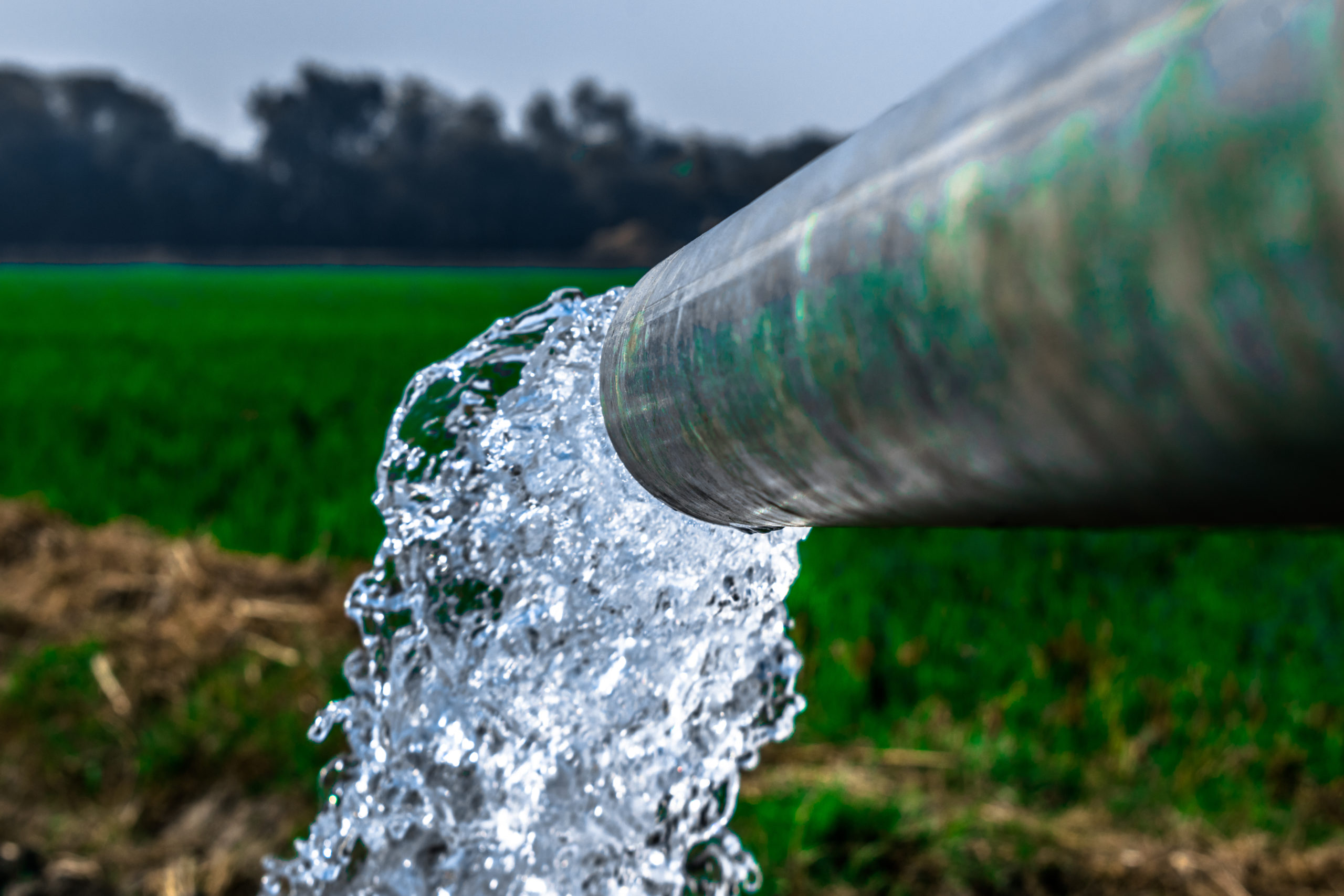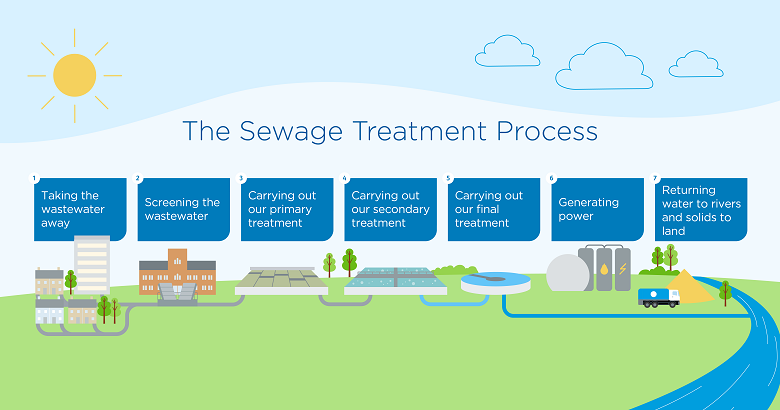Secret Challenges in Urban Waste Water Treatment Methods
Secret Challenges in Urban Waste Water Treatment Methods
Blog Article
Strategic Approaches to Improve Drainage Treatment Efficiency and Minimize Environmental Impact
In the realm of waste water treatment, the pursuit for enhanced effectiveness and lowered ecological influence is a perpetual challenge that requires critical solutions. The combination of sophisticated therapy innovations, energy-efficient procedures, resource healing techniques, enhanced nutrient elimination methods, and wise surveillance and control systems represents a multifaceted framework for dealing with these pushing issues.
Advanced Therapy Technologies
Innovative membrane layer purification systems have reinvented innovative wastewater treatment procedures, dramatically boosting the removal of contaminants. This modern technology has verified to be highly effective in getting rid of a wide range of impurities, consisting of pharmaceuticals, hefty steels, and organic compounds, which are commonly challenging to get rid of with conventional therapy techniques.
Additionally, membrane layer filtering systems use many benefits over conventional therapy approaches. They require much less area, produce higher-quality effluent, and are more immune to fluctuations in influent water top quality. Furthermore, these systems are very functional and can be conveniently integrated right into existing treatment plants or made use of as standalone units for decentralized applications. As the demand for tidy water remains to rise, the adoption of sophisticated membrane purification technologies is vital to ensure sustainable and effective wastewater therapy techniques.
Energy-Efficient Processes
The assimilation of energy-efficient procedures in wastewater treatment systems is essential for maximizing resource application and decreasing operational prices. By implementing energy-efficient innovations, treatment plants can dramatically lower their carbon footprint and overall environmental effect. One crucial technique to improving power effectiveness in wastewater therapy is the use of innovative aeration systems, such as great bubble diffusers or surface area aerators, which can enhance oxygen transfer efficiency and decrease energy usage. Additionally, incorporating energy recuperation systems, like anaerobic food digestion for biogas manufacturing or using excess heat for thermal procedures, can aid offset energy needs and advertise sustainability.
In addition, enhancing procedure control and automation through using advanced sensors and checking systems can enhance general power efficiency by adjusting operations in real-time based on real need and conditions. Implementing energy audits and consistently keeping track of energy performance signs are essential techniques to determine areas for enhancement and track energy-saving campaigns successfully. Overall, the adoption of energy-efficient procedures in wastewater treatment not only profits the atmosphere yet also contributes to long-term expense financial savings and functional sustainability.
Source Recuperation Methods
With a concentrate on optimizing resource utilization and sustainability in wastewater treatment systems, the application of resource recuperation methods becomes a pivotal facet in enhancing operational effectiveness. Resource recovery strategies in wastewater therapy involve the recognition and extraction of valuable resources from the waste stream, thereby turning what was once thought about waste into a useful property. By implementing resource healing strategies such as nutrient elimination and recuperation, energy generation from raw material, and the production of recyclable water, wastewater treatment plants can minimize environmental influence while maximizing efficiency.

Boosted Nutrient Removal Techniques
Implementing innovative nutrient elimination methods is necessary for optimizing the effectiveness of wastewater treatment systems. Enhanced nutrient removal plays a vital duty in decreasing the environmental influence of cured effluent released into water bodies. One of the essential methods utilized for enhanced nutrient removal is the procedure of organic nutrient removal (BNR), which entails the elimination of nitrogen and our website phosphorus via biological processes. This can be attained via the use of specialized bacteria that can convert nitrogen compounds right into inert nitrogen gas via denitrification, and gather phosphorus within their cells with a procedure called enhanced biological phosphorus elimination (EBPR)

Along with BNR, advanced treatment techniques such as membrane bioreactors (MBRs) and constructed marshes can likewise be employed to improve nutrient removal effectiveness. MBRs utilize membrane layers to achieve high-grade effluent standards by effectively getting rid of nutrients and suspended solids. Constructed wetlands mimic all-natural wetland procedures to remove nutrients via plant uptake, microbial task, and sedimentation. By incorporating these advanced nutrient elimination methods right into wastewater treatment markets, systems and municipalities can successfully reduce nutrient air pollution and secure the atmosphere.
Smart Tracking and Control Solution
Making use of sophisticated innovation, the integration of clever surveillance and control systems revolutionizes the functional effectiveness of wastewater therapy facilities. These systems include sophisticated sensors and information analytics to continually monitor crucial specifications such as pH degrees, turbidity, liquified oxygen, and circulation prices in real-time. By accumulating and examining this data, operators can gain useful insights right into the performance of the treatment processes, making it possible for proactive changes to maximize treatment effectiveness.
Smart tracking and control systems likewise sustain remote surveillance abilities, enabling drivers to access real-time data and control functions from off-site places. This remote availability enhances functional adaptability the original source and responsiveness, making it possible for swift treatments in case of system breakdowns or fluctuations in influent quality. Moreover, the anticipating maintenance capacities of these systems assist prevent equipment failures and reduce downtime, inevitably boosting the overall dependability of wastewater therapy procedures (Waste Water Treatment).
Verdict
In final thought, critical strategies such as sophisticated treatment technologies, energy-efficient procedures, source recovery approaches, boosted nutrient elimination methods, and clever monitoring and control read what he said systems play a crucial duty in enhancing wastewater treatment effectiveness and lessening ecological impact. By executing these methods, wastewater treatment plants can improve their general efficiency, lower energy consumption, recuperate important resources, and make certain conformity with environmental laws. These techniques are important for efficient and lasting wastewater monitoring techniques.

In final thought, critical approaches such as sophisticated treatment modern technologies, energy-efficient procedures, resource healing strategies, enhanced nutrient removal strategies, and smart tracking and control systems play an important role in boosting wastewater treatment efficiency and lessening environmental effect.
Report this page